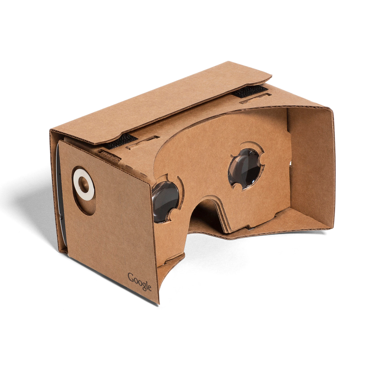AR/VR ACADEMY
This 6 week course, taught by AR/VR Academy's founder Liv Erickson, was established to teach the fundamentals of designing for AR/VR through hands on exercises in Unity Engine. AR/VR academy was founded by Women in Tech and supported by Google and Unity. Held in San Francisco at Unity headquarters, space was limited and acceptance based on a written application.
PROCESS OF DESIGN
The objective of the class was to learn basics of AR/VR design, methods, limitations, work and design in Unity 5 and to develop a class project. Through this course we learned:
- Design methods specific to AR/VR.
- Limitations and precautions to take into consideration while designing for AR/VR.
- How to work and design in Unity including assets, transitions, rotations and more.
OUTCOMES
The class project we worked on was to create an education Solar System VR experience using the Unity 5 engine.
- Assets store: How to create and find assets for VR projects.
- Best practices: To create and manipulate a VR model using the Unity 5 engine.
- Device experiences: we developed an app for Google Cardboard using their SDK, and experienced other VR headsets like the HTC's Vive, and Oculus Rift.
THE DESIGN PROCESS FOR VR
I found that designing for VR experiences is very different than designing for a traditional UX app/web product. One method we learned was for "low fidelity" paper mockups and requires 3 people working together to create a scene. The three roles needed are the visualizer, the artist, and the labeler.
1. The Visualizer: This person closes their eyes and dictates what they see in front of them as they imagine the scene they are designing.
2. The Artist: This person draws what the visualizer describes on paper, to get a 2-D representation of the scene.
3. The Labeler: This person uses sticky notes on a wall, preferably using a corner of a room to aid in creating a 3D representation of the scene described by the visualizer.
Designing for 3D using sticky notes on a wall to aid in visualization.
PROS AND CONS OF DESIGNING FOR VR
CONS
No real separation of experience design that's separate from the engine to create the backend. You have to design in 2D when you work in unity, which is a problem because you're designing in a format that is different from the experience you're creating. There are some tools that are in Beta right now that aim to change this and give designers a way to create in VR that mimics the actual VR experience. Pure UX / UI designing for VR is currently not feasible because to create a Real mockup in Unity engine a designer must learn to code in Unity to add animation and "click-though" experiences.
Another big con of VR is that "low fidelity" testing becomes near impossible and the jump from low fidelity to high fidelity requires a lot of development time.
PROS
The best part of designing for UX VR is the expanded environment to work within. Also, it's an added challenge to design for all 6 sides of an experience vs just the 2d screen. Designing for VR also allows for a more immersive experience for the user. It's not the "human - tap (click) - screen" interaction of a traditional mean of communication; it transcends the traditional experience to "human - controller - mind." It also has untapped potential, space for growth and innovations, so designing for VR has the potential to be a pioneer in a growing field.
THE OUTCOME
Class project: Educational Solar System Model using Unity 5 engine
Takeaways:
Limitation of VR experiences: Motion sickness / frame rates, realistic point of view for different height people, onboarding / training for different devices, no standard gesture or library to use
The VR Process: The process of taking the VR project from idea to shipping to app store
Assets & Motion graphics: We found assets on the Unity asset store, and used C# code to give it rotational and object recognition qualities
Device Capabilities: Working within the device capabilities, in this case a Google Cardboard which only had one trigger button



